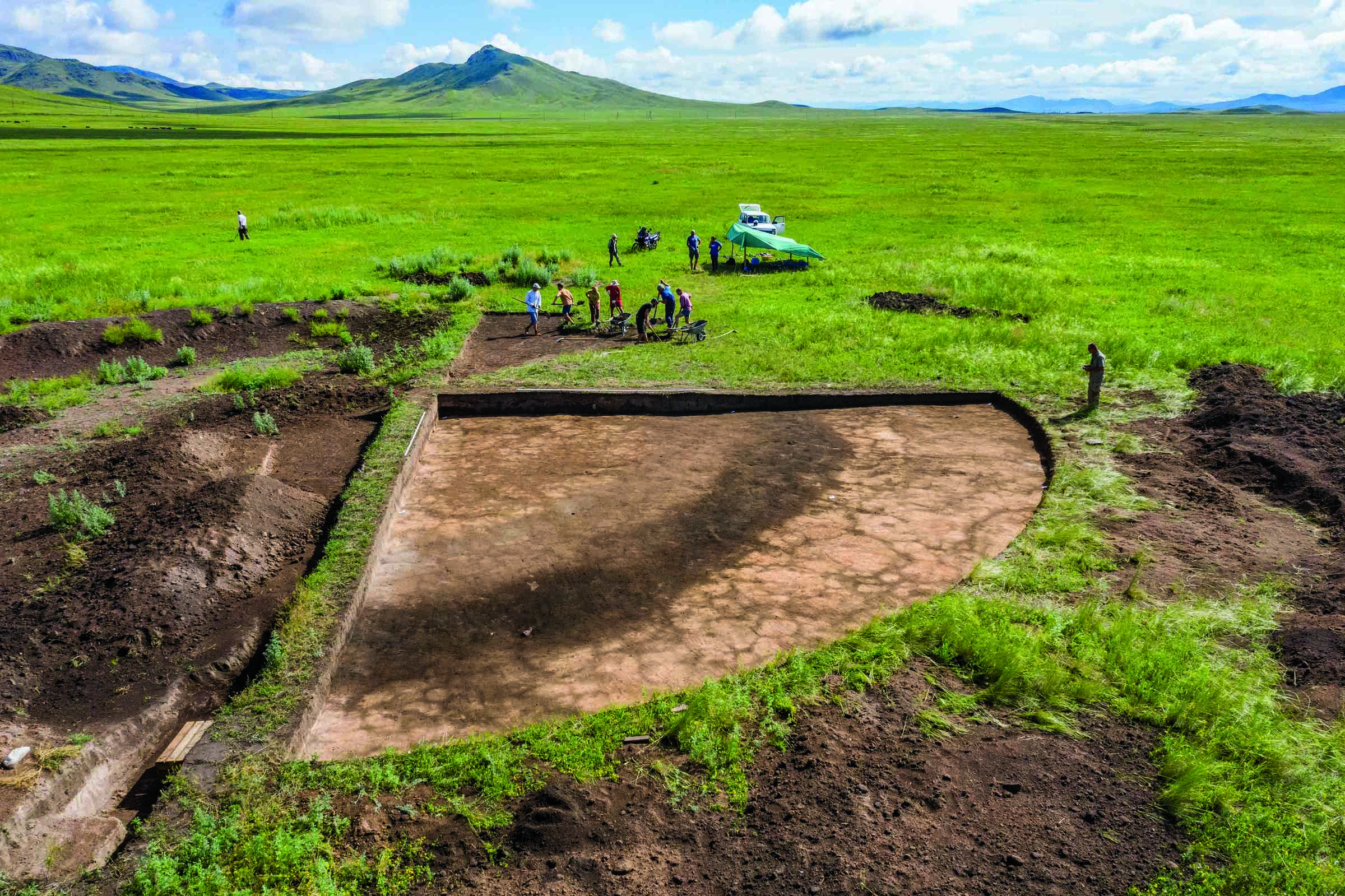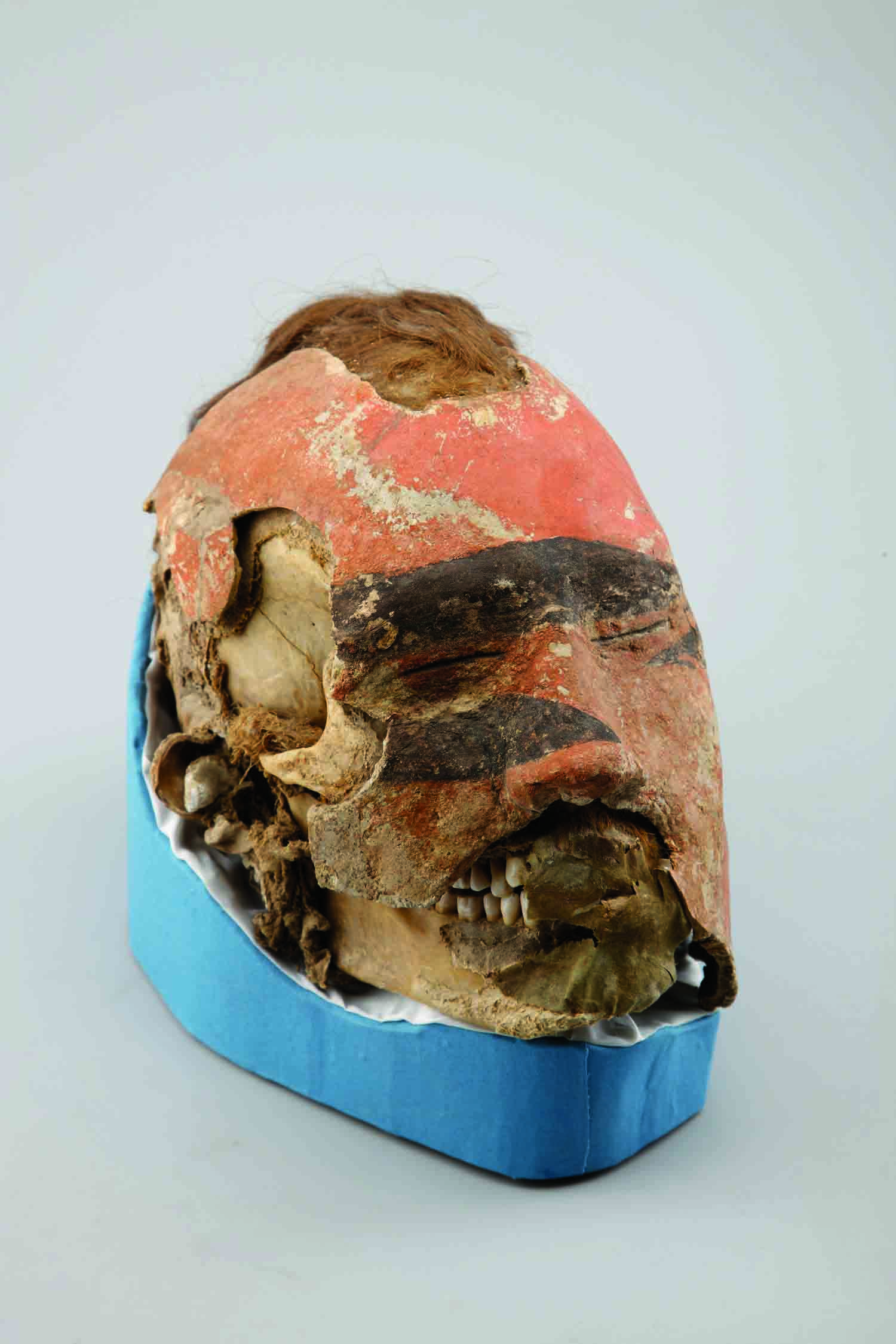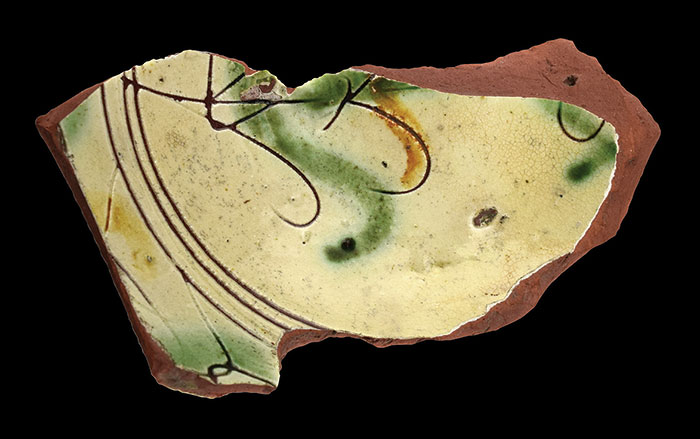
IRKUTSK, RUSSIA—The Siberian Times reports that bones unearthed in eastern Siberia during road construction could represent the oldest modern humans outside Africa and the Middle East. Some of the recovered bones have been dated to about 50,000 years ago, and are undergoing tests to identify them, while others have been dated to about 30,000 years ago, and identified as Homo sapiens. Tools made of topaz and rock crystal, bone knives thought to have been used for hunting, an amulet made of a cave lion tooth, and other animal bones were also found at the site, which is located in the Tunkinskaya Valley. “The most important question now is when Homo sapiens appeared in Siberia, and the Tunka valley finds will allow scientists to shed light on it,” said researcher Mikhail Shunkov of the Russian Academy of Sciences. To read about another recent discovery in Siberia, go to “Nomadic Chic.”










